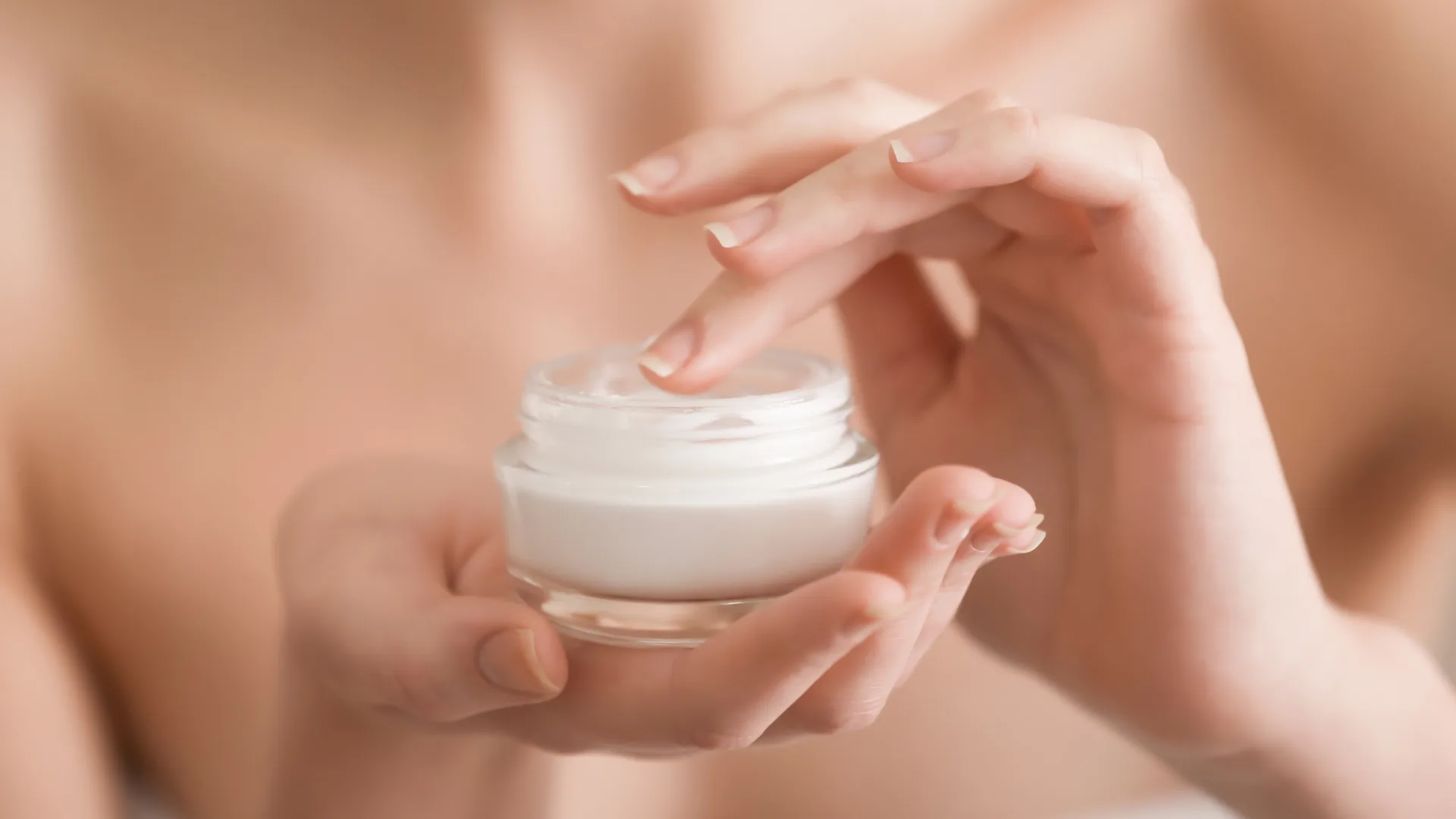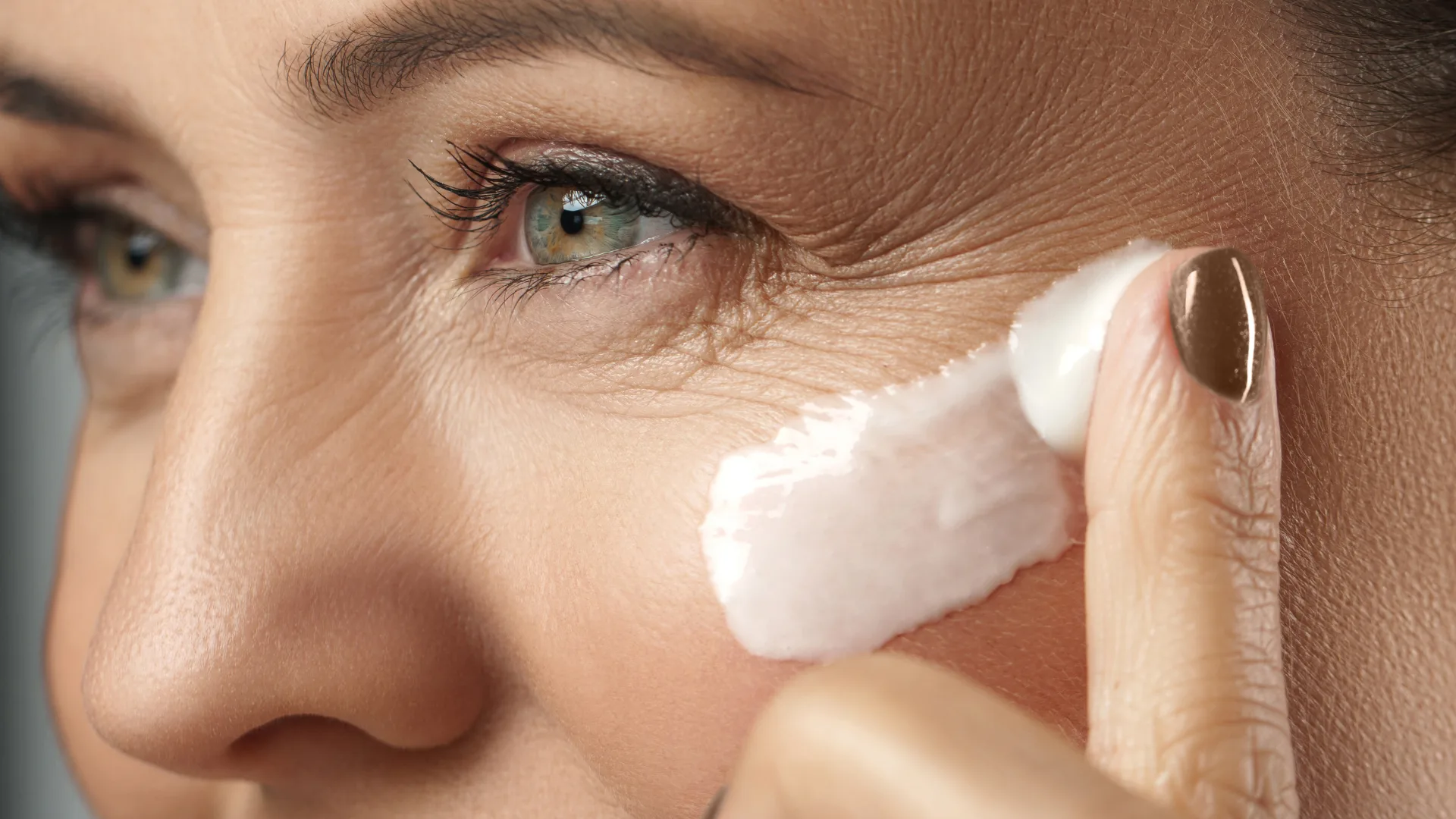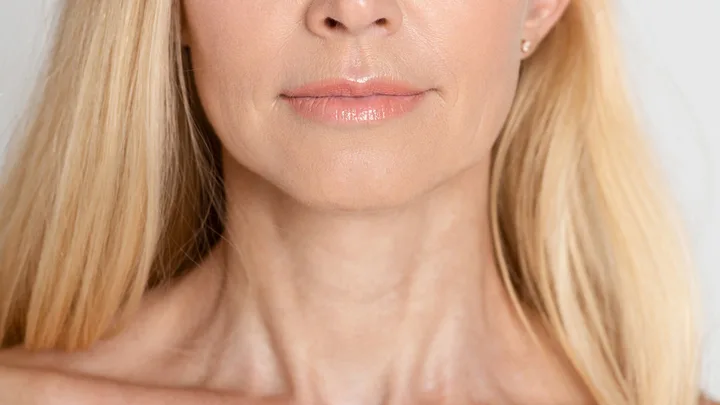Vitamin A has long been hailed as a gold-standard skincare ingredient – and for good reason. Backed by decades of research, it’s known for boosting collagen, improving skin texture and tone, and helping to reduce the signs of ageing.
But with so many variations on the market – retinol, retinal, retinoids – it can be tricky to know where to start. Here’s everything you need to know about the skincare star.
What is vitamin A?
Vitamin A refers to a group of compounds known as retinoids. These include over-the-counter options like retinol and retinaldehyde, as well as prescription-strength versions like tretinoin. Once absorbed into the skin, these compounds convert into retinoic acid – the active form that delivers results.
According to Daniel Isaacs, Chief Product Officer at Medik8, “Vitamin A is a powerful ingredient, most known for its age-defying properties; accelerating skin cell turnover while supporting collagen production to improve the look of wrinkles.”
Retinoids are also increasingly being used to address breakouts well into adulthood. “Certain types of retinoids (retinal) have additional antibacterial properties, making them an ideal choice for blemish-prone skin types,” Daniel says. “With continued use, retinaldehyde can help to target blemish-causing bacteria, leaving the complexion visibly clear, clarified and decongested.”

What does vitamin A do for your skin?
If you’re over 40, chances are you’ve started noticing fine lines, dullness, or uneven skin tone. That’s where vitamin A can work its magic. Here’s what it targets:
Fine lines and wrinkles: By boosting collagen and improving elasticity, vitamin A helps reduce the appearance of wrinkles.
Pigmentation: It can fade sun spots and age spots, which are common for Australian women exposed to high UV levels.
Texture and tone: Expect smoother, more even-looking skin with consistent use.
What’s the difference between retinol and retinoids?
This is one of the most frequently asked questions when it comes to vitamin A. While all retinoids are a form of vitamin A, not all are created equal.
Retinol: A gentler form available over the counter. It’s ideal for beginners or those with sensitive skin and comes in various different strengths.
Retinal (or retinaldehyde): Slightly stronger than retinol but still available without a prescription.
Tretinoin (or retinoic acid): A prescription-only retinoid that works faster but can also be more irritating.
Daniel recommends easing in gently: “Start low and go slow. With any new active ingredient, we recommend phasing it in gradually and at a low strength so your skin adjusts and doesn’t overreact. This gradual approach will guarantee skin comfort and minimal barrier disruption.”

How to use vitamin A in your routine
Introduce vitamin A slowly – start with a pea-sized amount two or three times a week, at night. Follow it with a nourishing moisturiser to reduce dryness or irritation. If your skin tolerates it well, you can increase frequency over time.
As vitamin A makes your skin more photosensitive, SPF is essential. “Retinoids can make your skin more sensitive to the sun, so don’t forget to apply SPF the next morning,” Daniel adds.
When should you start using vitamin A?
“You can start using retinoids as early as your 20s, to tackle the first signs of ageing or as an antibacterial to help target unwanted blemishes,” says Daniel.
If you’re new to retinoids, it’s never too late to start, but take it slow and choose a formula that suits your skin.
How does vitamin A work with other products?
Vitamin A plays well with others – if you get the timing right. “Vitamin A (retinoids) should always be used in the evening,” Daniel explains. “Typically, we recommend applying vitamin C in the morning along with any AHA/BHA cleansers and toners. Reserve retinoids for nighttime use as they are light sensitive and break down when exposed to UV.”
Clinical treatments can also complement at-home use. “Clinical treatments and at-home skincare go hand-in-hand,” he says. “When used together and regularly, you can see enhanced results for longer.”
Just remember: start low, go slow, and always wear your SPF.

